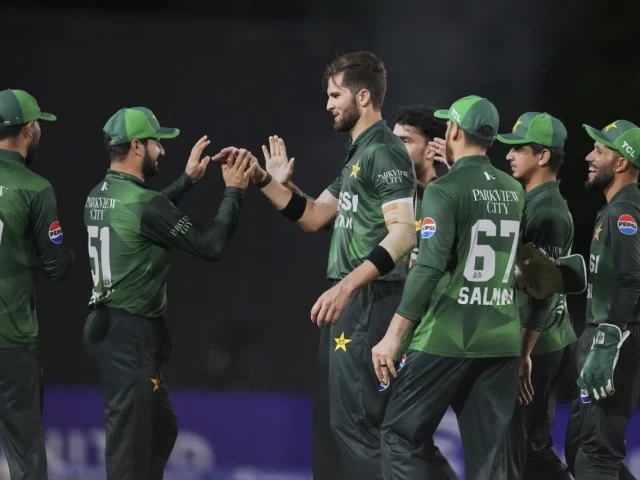Pakistan’s Asia Cup squad faces weight of expectations

Pakistan have opted to a rely on young guns during the upcoming Asia Cup instead of experience.Pakistan’s recently announced squad has once again sparked debates among fans and experts alike.With a mix of youthful talent and bold exclusions, the selection raises an important question: has the PCB finally struck the right balance, or is this another gamble on the big stage?The PCB confirmed Pakistan’s squad for the upcoming tri-series against UAE and Afghanistan, followed by the Asia Cup 2025. On paper, the side looks fresh, energetic, and hungry to prove itself. Yet, for a tournament of this magnitude—where Pakistan has not lifted the trophy since 2012—the absence of experience looms large.Since Pakistan’s last Asia Cup win, Sri Lanka have claimed titles in 2014 and 2022, while India dominated in 2016, 2018, and 2023. Pakistan came close in 2022, under Babar Azam’s leadership, but lost the final from a winning position.A year later, under his leadership, the team crashed out in fourth place. That painful history makes this squad announcement all the more significant.No two omissions have created more noise than those of Babar Azam and Mohammad Rizwan. Both were once seen as the backbone of Pakistan’s T20I side, but the stats reveal why the selectors chose a different path.Babar last played a T20I in 2024, and since that year’s T20 World Cup, he has gone 10 matches — including the mega event — without scoring a single fifty. His strike rate in this period is 118.59 at an average of 26.22.Rizwan’s case is even worse. In his last 8 T20Is, he managed just 211 runs at a strike rate of 94.19. His knocks of 16 off 26 against Australia, 74 off 62 against South Africa, and 31 off 44 against India in the T20 World Cup were game-changing—but for the wrong reasons.These numbers show why the selectors felt justified in moving on. For too long, Pakistan’s top order has been accused of playing “anchor cricket” in a format that demands fearless hitting.In their place, Sahibzada Farhan and Mohammad Haris bring a refreshing intent. Farhan, with three Player of the Match awards in his last six T20Is, has shown he can deliver under pressure. Haris, too, has the aggressive mindset Pakistan’s batting has been crying out for.The bowling department looks balanced. Shaheen Shah Afridi leads the attack with form and confidence, having topped the wicket charts in the PSL 10. In contrast, Naseem Shah’s exclusion seems harsh to some fans, but the numbers are telling—an economy rate of 8.01 and an average of 34.68 in T20Is does not inspire confidence. His ODI performances may be solid, but in T20 cricket, he remains costly.The spin department could prove decisive, especially in UAE conditions. Mohammad Nawaz’s all-round utility, along with Sufiyan Muqeem and Abrar Ahmed, offers flexibility.Pakistan’s middle order finally shows signs of balance. Mohammad Haris, Hasan Nawaz, and Khushdil Shah are capable of finishing games with power. Yet, the key lies with Salman Ali Agha, the newly appointed skipper. His ability to anchor chases, rotate strike, and handle spin will be vital in UAE conditions. This leadership test could define not just Pakistan’s Asia Cup but also his captaincy career.Dropping big names like Babar and Rizwan is never easy. For years, they were considered “untouchables” in Pakistan cricket. But cricket is a game of evolution, and their inability to adapt to the modern T20 tempo made this move inevitable.Pakistan’s squad for the Asia Cup 2025 carries the energy of youth, the sharpness of new talent, and a clear intent to play fearless cricket. But the real question remains: will this new look side rise to the occasion, or will inexperience cost Pakistan another shot at silverware?One thing is certain—all eyes will be on this squad. And if they click, the Asia Cup drought since 2012 may finally come to an end.













